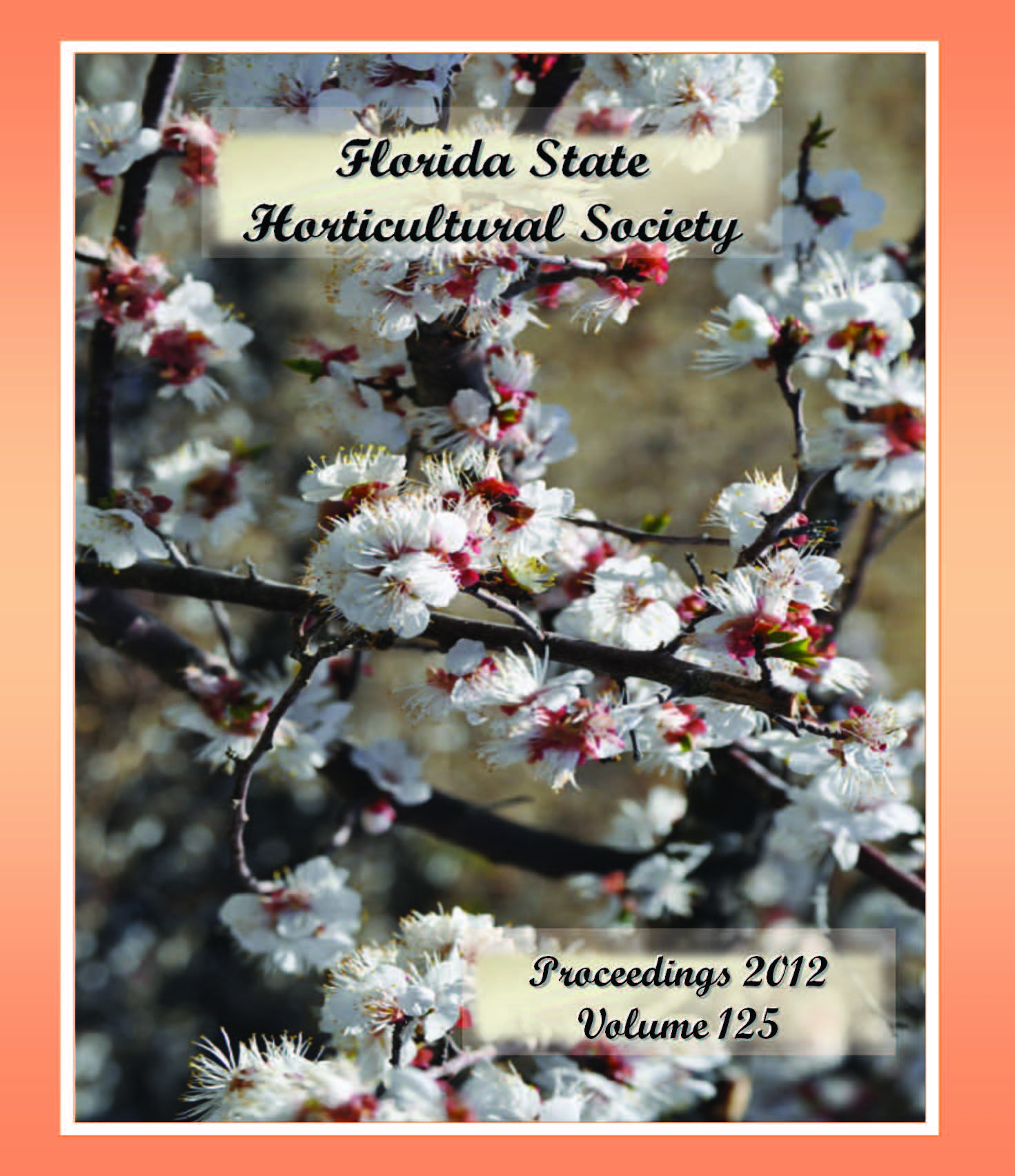Published 2012-12-01
Keywords
- Lycopersicon esculentumMill.,
- lycopene,
- carotenoids,
- antioxidants,
- heat stress
- ripening ...More
Abstract
Reversible (i.e., non-injurious) stress can induce up-regulation of the antioxidant system in plants. Therefore heat stress in the form of a hot water treatment can promote the synthesis of beneficial antioxidant compounds such as lycopene in tomato fruit. However, it has also been shown that hot-water treated mature-green ‘Florida 47’ tomatoes did not develop higher carotenoid content when fully ripe, even though they visually showed more rapid color development. Our objective was to demonstrate that hot-water treatment induces higher carotenoid accumulation in early ripening stages, but total carotenoid accumulation is limited by a cultivar’s genetic potential. Mature-green ‘Florida 47’ tomatoes were immersed in water at 25 or 52 °C for 5 minutes, followed by treatment with 100 ppm ethylene for 48 hours at 20 °C, then stored at 20 °C. We found that the hot-water treatment significantly increased total carotenoids (P= 0.002) but moderately increased lycopene (P= 0.116). Hot water resulted in faster accumulation of lycopene and total carotenoids during ripening, with the largest significant differences occurring 7 days after treatment (P= 0.009 and P= 0.032, respectively). In conclusion, hot-water treatment had a highly significant effect on the synthesis of carotenoids, and a moderately significant affect on lycopene, but their final accumulation was apparently limited by the cultivar’s genetic potential.

